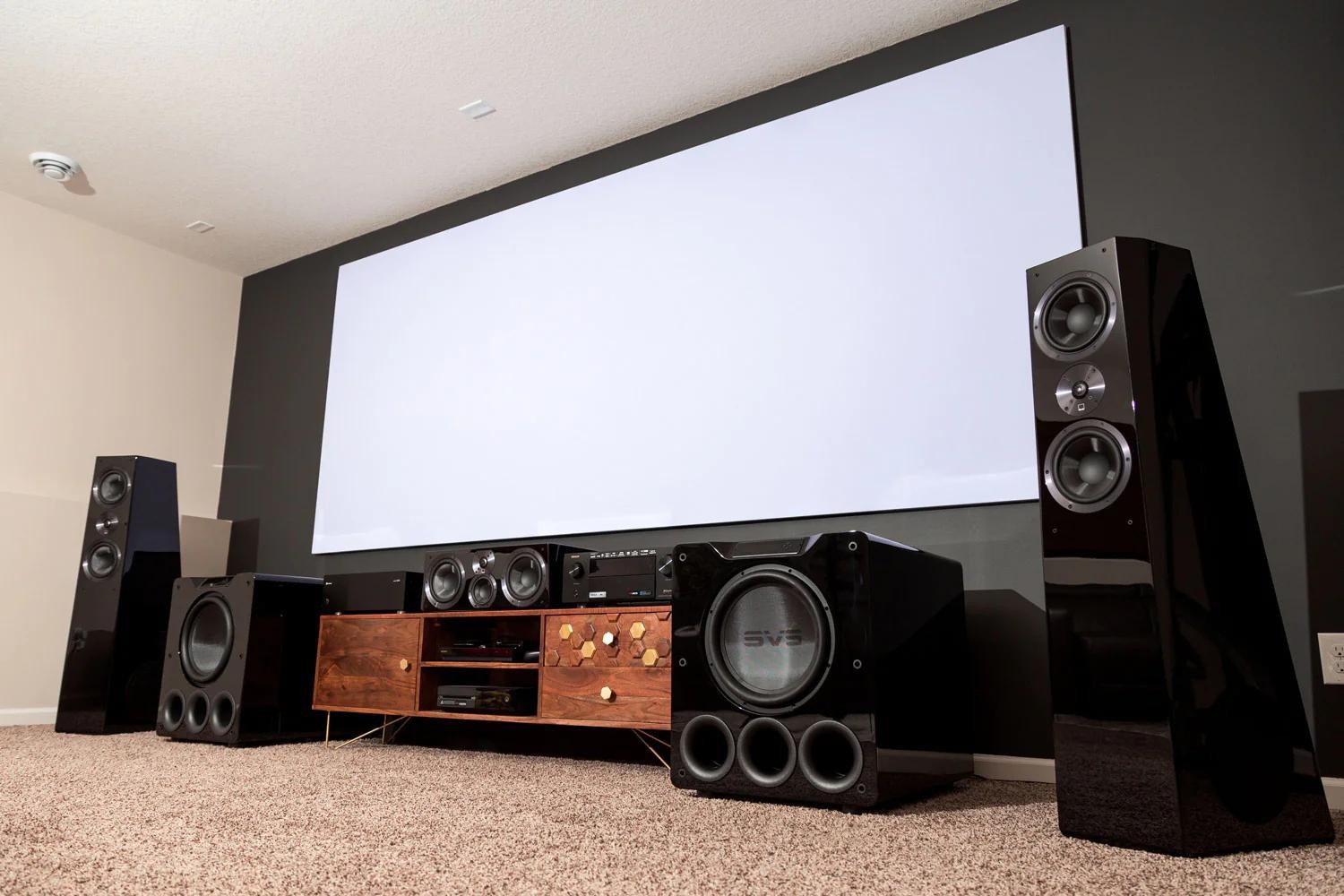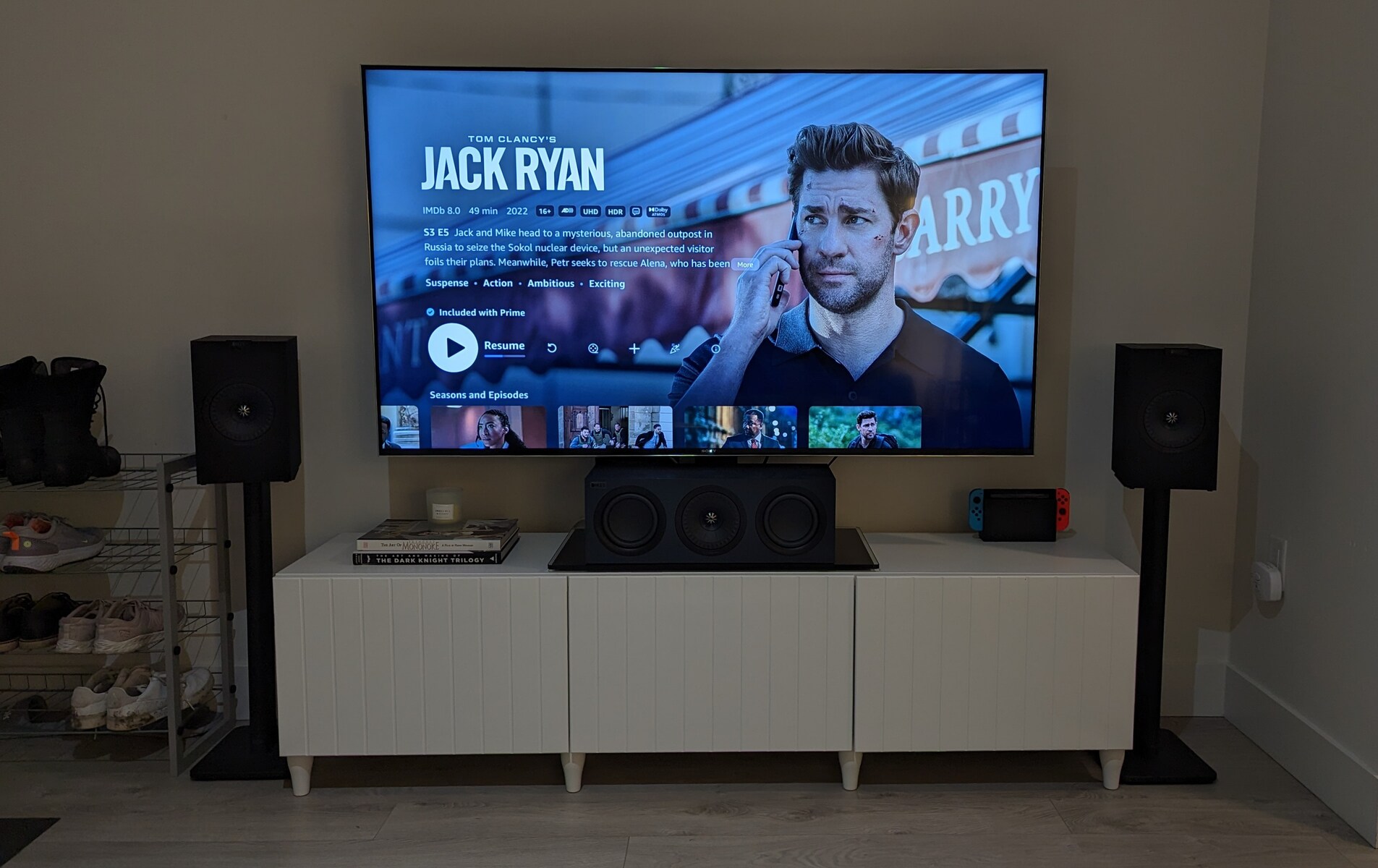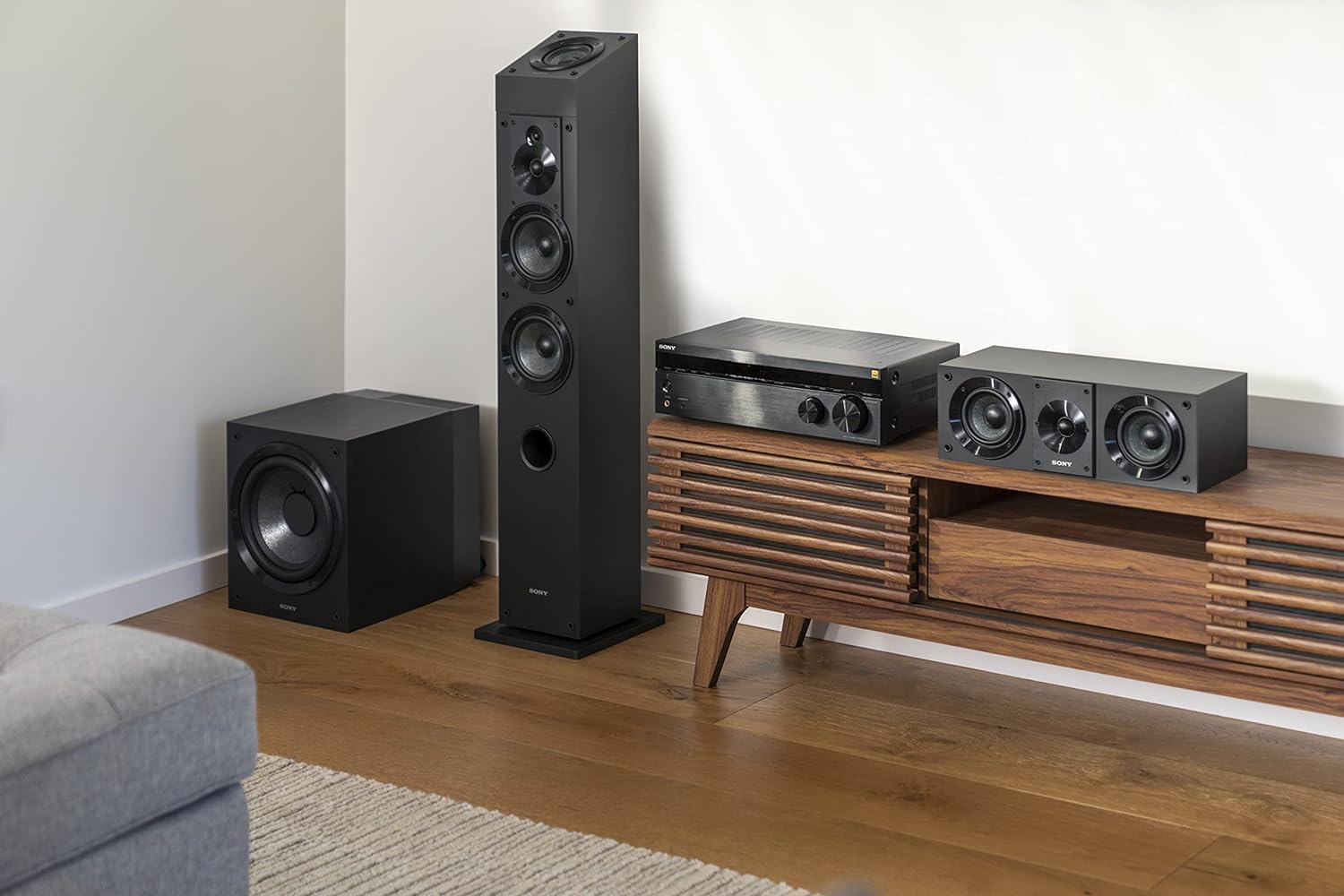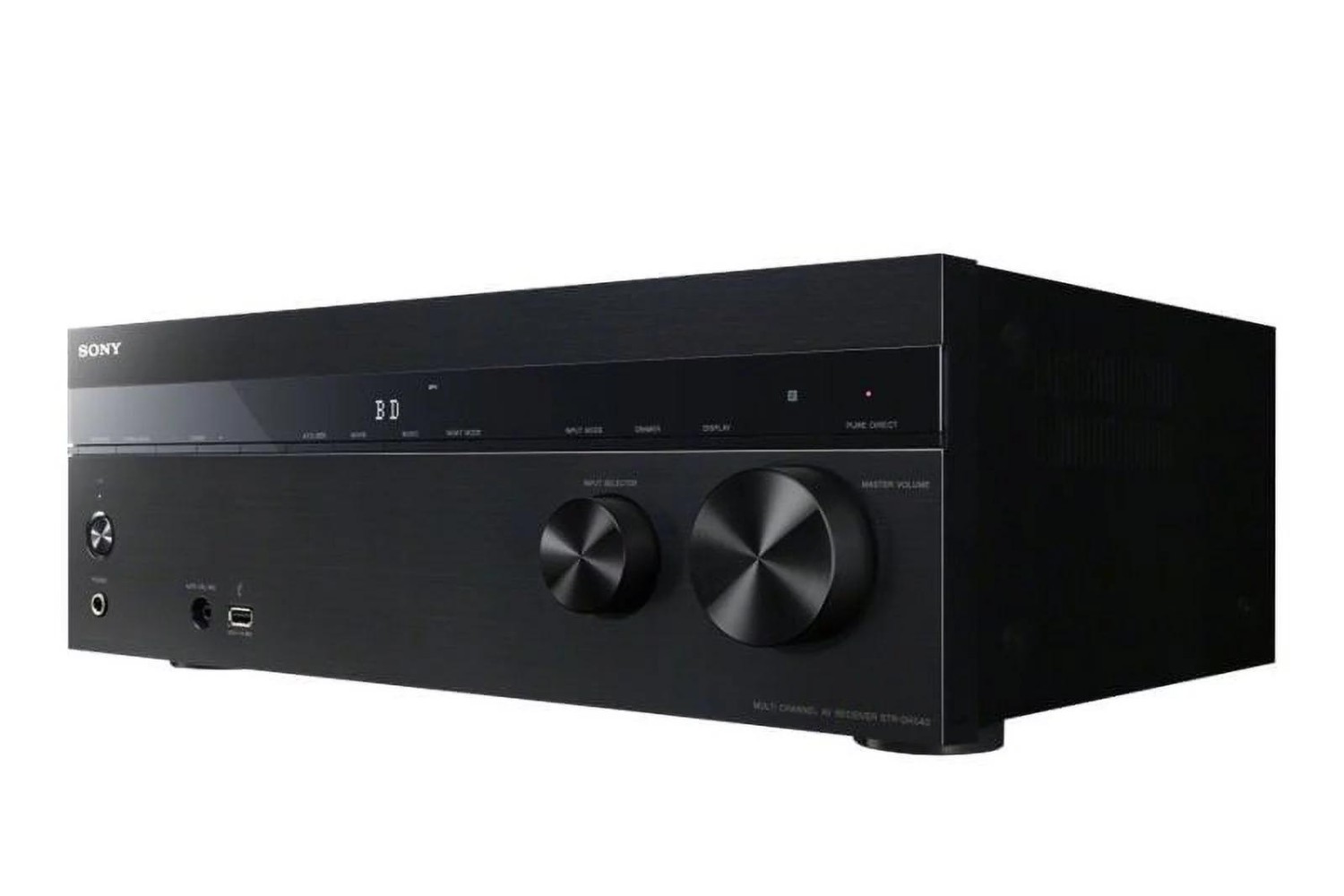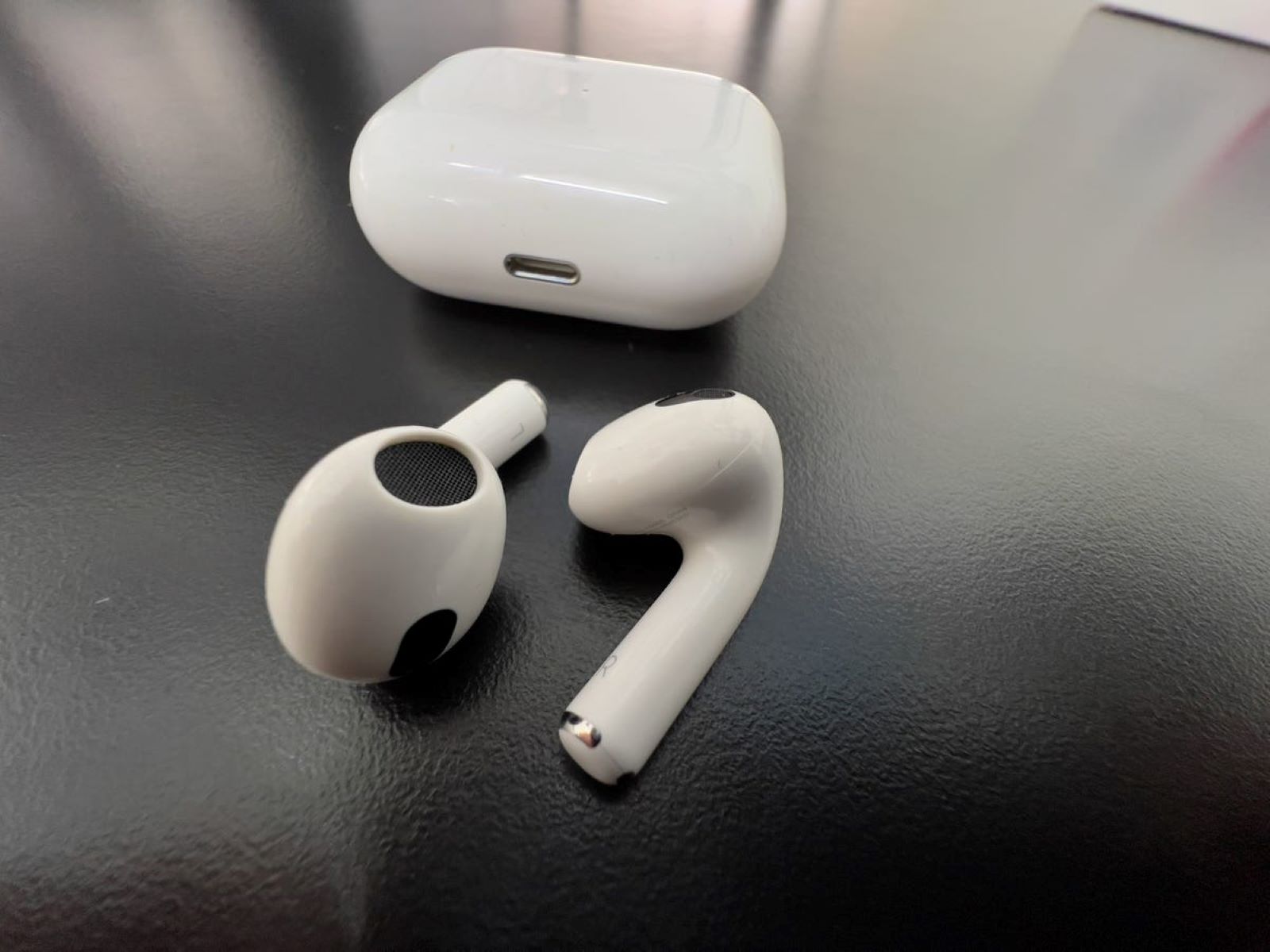Introduction
Welcome to the world of home theater audio, where immersive soundscapes and thunderous bass bring movies and music to life. When it comes to optimizing the low-frequency effects in your home theater, adding a second subwoofer to your audio-visual (AV) receiver can elevate your audio experience to new heights. In this guide, we’ll explore the benefits of using two subwoofers, the process of connecting a second subwoofer to your AV receiver, and tips for optimizing their performance.
Subwoofers are specialized speakers designed to reproduce low-frequency audio signals, commonly referred to as bass. They play a crucial role in delivering the deep, rumbling sounds that add impact and realism to movies, music, and video games. AV receivers, on the other hand, serve as the central hub for audio and video processing in a home theater system, providing the necessary connections and controls for various audio components, including subwoofers.
While a single subwoofer can significantly enhance the bass performance of your audio system, the addition of a second subwoofer can further enhance the overall sound quality and bass distribution in the room. By strategically placing and configuring two subwoofers, you can achieve smoother bass response, improved room coverage, and a more balanced listening experience.
Whether you’re a seasoned home theater enthusiast or a newcomer to the world of audio technology, understanding the role of subwoofers and AV receivers, as well as the process of integrating multiple subwoofers into your setup, will empower you to create a captivating and enveloping audio environment within your home. Let’s delve into the intricacies of dual subwoofer setups and discover how they can transform your home entertainment experience.
Understanding Subwoofers and AV Receivers
Before delving into the specifics of connecting and configuring a second subwoofer with your AV receiver, it’s essential to grasp the fundamental roles of subwoofers and AV receivers in a home theater audio system.
Subwoofers:
- Subwoofers are dedicated speakers designed to reproduce low-frequency audio signals, typically in the range of 20 to 200 Hz. Their primary purpose is to deliver deep, impactful bass that adds weight and realism to audio content, such as explosions in movies or the thumping beat of music.
- These speakers are equipped with large drivers and amplifiers tailored to handle the demanding nature of low-frequency sound reproduction, ensuring that the bass remains tight, accurate, and distortion-free.
- When integrating multiple subwoofers into a home theater system, their strategic placement and calibration play a crucial role in achieving even bass distribution throughout the listening area, effectively minimizing peaks and nulls in the frequency response.
AV Receivers:
- An AV receiver serves as the central hub for audio and video processing in a home theater setup. It acts as a junction point for various audio and video sources, including Blu-ray players, gaming consoles, streaming devices, and cable boxes.
- AV receivers feature built-in amplification, audio decoding, and signal processing capabilities, allowing them to power speakers, decode surround sound formats, and optimize audio signals based on room acoustics.
- These devices provide a range of connectivity options, such as speaker outputs, subwoofer preamp outputs, HDMI inputs and outputs, and digital audio inputs, enabling seamless integration of audio and video components within the home theater ecosystem.
By understanding the distinct functions of subwoofers and AV receivers, you can appreciate their collaborative role in delivering a captivating and immersive audio experience. The synergy between these components forms the foundation for creating a dynamic and enveloping soundstage that elevates the enjoyment of movies, music, and gaming within the comfort of your home.
Benefits of Using Two Subwoofers
Integrating two subwoofers into your home theater system offers a myriad of advantages that contribute to an enhanced audio experience. Let’s explore the notable benefits of utilizing dual subwoofers:
- Improved Bass Distribution: With two subwoofers strategically positioned in the room, you can achieve more uniform bass coverage, minimizing the effects of room modes and standing waves that often lead to uneven bass response. This results in a smoother and more consistent low-frequency output throughout the listening area, enhancing the overall sonic experience.
- Increased Sound Pressure Levels: Dual subwoofers can deliver higher maximum output levels compared to a single subwoofer, allowing for greater bass impact and dynamics, especially during demanding movie scenes or bass-heavy music passages. This heightened capability adds a palpable sense of realism and excitement to the audio content.
- Reduced Localization Effects: When a single subwoofer is used, its location within the room can sometimes lead to localized bass perception, where the source of low-frequency sound becomes more apparent. By employing two subwoofers and carefully calibrating their placement, you can mitigate these localization effects, creating a more seamless and immersive bass experience that transcends the physical presence of the subwoofers.
- Enhanced Room Mode Control: Multiple subwoofers enable greater flexibility in addressing room-induced bass anomalies, such as peaks and nulls caused by acoustic resonances. By adjusting the phase and level settings of each subwoofer, you can effectively counteract these room modes, resulting in a more balanced and accurate bass reproduction across different listening positions.
- Optimized Headroom and Power Handling: Distributing the low-frequency load across two subwoofers reduces the strain on individual drivers and amplifiers, allowing for improved headroom and power handling. This can lead to cleaner bass reproduction, reduced distortion, and enhanced dynamics, especially in demanding audio passages that push the limits of a single subwoofer’s capabilities.
By harnessing the benefits of dual subwoofers, you can elevate the bass performance in your home theater, creating a more immersive and engaging sonic environment that brings movies, music, and games to life with unparalleled impact and realism.
Connecting a 2nd Subwoofer to an AV Receiver
Integrating a second subwoofer into your AV receiver setup involves a series of steps to ensure seamless connectivity and optimal performance. Here’s a comprehensive guide to connecting a 2nd subwoofer to your AV receiver:
- Identify Available Subwoofer Outputs: Check your AV receiver for available subwoofer preamp outputs. Most modern AV receivers feature dual subwoofer outputs, labeled as Subwoofer 1 and Subwoofer 2, allowing for independent calibration and control of each subwoofer.
- Select Appropriate Cables: Acquire high-quality subwoofer cables with RCA connectors to establish the connection between the subwoofer outputs on the AV receiver and the input terminals on the subwoofers. Ensure that the cable length is sufficient to reach the desired placement locations for the subwoofers within your room.
- Position the Subwoofers: Determine the optimal placement for the second subwoofer within your listening area. Aim to position the subwoofers symmetrically within the room to achieve balanced bass distribution. Common placement options include diagonally opposite corners, midpoints along opposing walls, or other locations that promote even bass coverage.
- Connect the Subwoofer Cables: Attach one end of the subwoofer cable to the Subwoofer 2 preamp output on the AV receiver, ensuring a secure connection. Then, connect the other end of the cable to the input terminals on the second subwoofer, taking care to match the left and right channels accordingly.
- Configure Subwoofer Settings: Access the AV receiver’s setup menu or on-screen interface to designate the presence of the second subwoofer and specify its parameters. This may involve enabling the Subwoofer 2 output, setting crossover frequencies, adjusting phase alignment, and configuring individual volume levels for each subwoofer to achieve a cohesive bass response.
- Calibrate Subwoofer Levels: Utilize the AV receiver’s built-in room calibration system, such as Audyssey or MultiEQ, to measure and optimize the performance of both subwoofers within the room. Follow the on-screen prompts to generate test tones, detect subwoofer locations, and fine-tune their output levels to achieve a harmonious bass blend.
By following these steps, you can seamlessly integrate a second subwoofer into your AV receiver setup, unlocking the potential for enhanced bass performance and a more immersive audio experience within your home theater environment.
Setting Up and Configuring Two Subwoofers
Once the physical connection of the second subwoofer to your AV receiver is established, the next crucial phase involves setting up and configuring the dual subwoofers to operate harmoniously within your home theater system. Here’s a detailed guide to optimizing the performance of two subwoofers:
- Placement Optimization: Fine-tune the placement of both subwoofers within the room to achieve optimal bass distribution. Experiment with different positioning options, such as corner placement, mid-wall locations, or symmetrical placements, while considering the room’s acoustics and the primary listening area.
- Phase Alignment: Adjust the phase control on each subwoofer to ensure that the low-frequency sound waves from both subwoofers reinforce each other rather than cancel out. This alignment is critical for achieving coherent bass reproduction and minimizing phase discrepancies that can lead to sonic irregularities.
- Crossover Settings: Set the crossover frequency on each subwoofer to seamlessly blend with your main speakers, ensuring a smooth transition between the low-frequency output of the subwoofers and the midrange and high-frequency output of the main speakers. This integration is essential for creating a cohesive and balanced sonic presentation.
- Volume Level Balancing: Use an SPL meter or the built-in calibration system of your AV receiver to adjust the volume levels of both subwoofers, aiming for a balanced and uniform bass response across the listening area. This process helps mitigate peaks and nulls in bass reproduction, resulting in a more consistent and immersive audio experience.
- Room Correction Software: Leverage the room correction capabilities of your AV receiver, if available, to further refine the performance of the dual subwoofers. These advanced calibration systems analyze the room’s acoustics and apply digital signal processing to optimize the bass response, compensating for room-induced anomalies and enhancing overall sound quality.
By meticulously addressing these setup and configuration aspects, you can harness the full potential of dual subwoofers, creating a cohesive and impactful bass foundation that enriches your home theater audio experience with immersive, theater-like dynamics and realism.
Tips for Optimizing Dual Subwoofers in Your Home Theater System
Maximizing the performance of dual subwoofers in your home theater system involves a blend of technical know-how and practical considerations. Here are essential tips to optimize the functionality and integration of dual subwoofers within your audio setup:
- Room Acoustics Assessment: Conduct a thorough evaluation of your room’s acoustics to identify potential bass traps, standing wave nodes, and reflective surfaces that can impact the performance of your subwoofers. Implement acoustic treatments, such as bass traps and diffusers, to mitigate these issues and create a more balanced listening environment.
- Subwoofer Placement Experimentation: Explore various subwoofer placement options within the room, utilizing the subwoofer crawl method to identify optimal locations that yield the most uniform bass response. Consider employing symmetry and strategic positioning to achieve balanced bass distribution across the listening area.
- Phase and Polarity Alignment: Verify the phase and polarity alignment of the subwoofers to ensure that their acoustic outputs reinforce each other coherently. Use test tones and phase adjustment controls to fine-tune the alignment, minimizing phase cancellations and maximizing bass impact.
- Consistent Subwoofer Calibration: Maintain consistent calibration settings for both subwoofers, including crossover frequencies, volume levels, and phase adjustments, to achieve a cohesive and seamless bass blend that integrates seamlessly with your main speakers.
- Utilize Room Correction Software: Leverage advanced room correction software and automatic calibration systems provided by modern AV receivers to address room-induced acoustical challenges and optimize the performance of dual subwoofers. These systems can significantly enhance bass accuracy and uniformity across different listening positions.
- Employ Bass Management Tools: Explore the bass management features of your AV receiver to fine-tune the low-frequency output, including bass equalization, dynamic range control, and subwoofer crossover adjustments, to tailor the bass response to your specific preferences and room characteristics.
- Regular Listening Evaluations: Periodically assess the bass performance and integration of dual subwoofers by listening to a variety of content, including movies, music, and games, across different volume levels. Make incremental adjustments based on your observations to refine the bass presentation and ensure a satisfying listening experience.
By implementing these tips and techniques, you can optimize the functionality and impact of dual subwoofers in your home theater system, creating a captivating and immersive audio environment that elevates the enjoyment of your favorite entertainment content.







